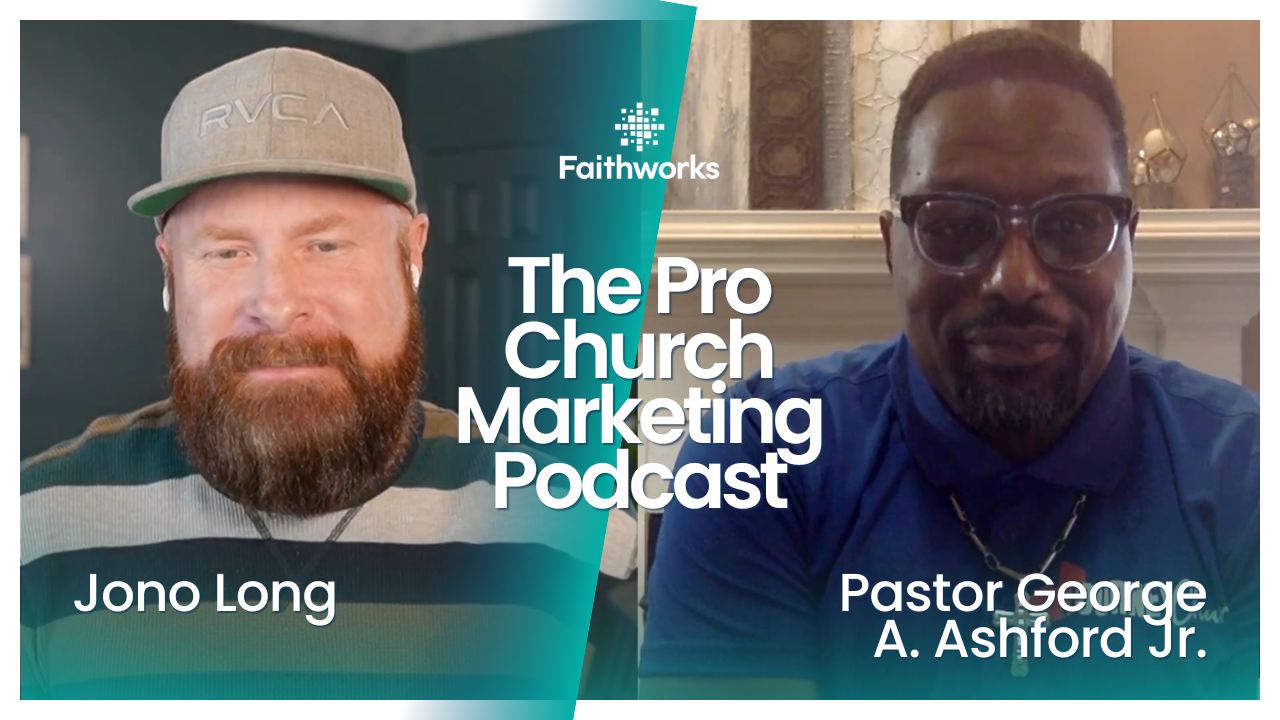Overcoming Common SEO Challenges Faced by Churches
SEO can feel like a maze for many churches trying to reach their community effectively online. Unlike commercial businesses, churches face unique challenges when it comes to search engine visibility. Some basic SEO tactics might not work as well because churches have different goals, like connecting with local members and fostering community engagement.
Faithworks Marketing understands these hurdles and aims to bridge the gap between traditional church outreach and modern digital strategies. One major hurdle is standing out locally among other nearby places of worship. Churches also need to tackle technical challenges, such as ensuring their websites load quickly and look good on smartphones, as this affects how easily people can find them online.
In this article, we will explore practical strategies to overcome these common SEO challenges and help your church thrive online.
Understanding SEO Challenges Faced by Churches
Churches often encounter unique SEO challenges that can make it difficult to reach their desired audience online. One key hurdle is the limited understanding of how SEO can be applied to a religious setting. Unlike businesses that can rely on sales-driven keywords, churches must focus on connecting with people through community-centered keywords. Competing with local businesses that might dominate search results for simpler, generic terms adds another layer of complexity.
Traditional SEO strategies might not directly fit a church's needs. While businesses look to capture leads and conversions, churches aim to foster engagement and education. This means tailoring strategies that emphasize community involvement and shared values. Furthermore, SEO requires a steady stream of engaging content, but churches might struggle to produce regular updates due to limited resources or personnel.
Churches must recognize these specific challenges and adapt their strategies accordingly. Understanding your community’s search behavior and keywords will guide you to better engagement. This involves conducting keyword research specific to religious and community interests, using tools like Google's Keyword Planner to uncover what terms people use to find services like yours. Building a strategy around these findings will help overcome the typical SEO challenges faced by churches today.
Building a Strong Local Presence
Local SEO is critical for churches because it helps connect them with people in their immediate communities. Most visitors look for local information, like service times and locations, directly on search engines. Therefore, enhancing local visibility is essential for attracting new visitors and engaging current members.
One of the first steps in building a strong local presence is optimizing your church's listings on platforms like Google My Business. This involves ensuring your church’s name, address, and phone number are correct and consistent across all platforms. Include relevant details such as service hours, special events, and photos to make your listing more appealing and informative.
Here are a few steps to optimize your church’s local SEO effectively:
1. Claim Your Listing: Make sure your church is listed on Google My Business. Claiming and verifying helps improve your visibility in local search results.
2. Consistent Information: Ensure your address, phone number, and other essential information are the same across all online platforms.
3. Encourage Reviews: Invite members and visitors to leave positive reviews, which boost your credibility and ranking in local searches.
4. Create Local Content: Include community-focused content on your website, such as blog posts about local events or issues.
By focusing on these strategies, churches can enhance their local presence, making it easier for people to find them when searching online for a spiritual community nearby. Consistent updates and active engagement on these platforms further solidify their presence and connection within the community.
Enhancing Website Performance for Better Visibility
Improving your church website's performance is crucial for gaining better online visibility. One of the first steps is to focus on your website's loading speed. A fast-loading site not only improves user experience but also ranks better on search engines. Ensure your images are optimized for web use, and reduce file sizes where possible. Use caching plugins and leverage content delivery networks (CDNs) to deliver your content efficiently to users across various locations.
Mobile responsiveness is another key aspect. With more people accessing websites through their phones, a mobile-friendly design ensures visitors can navigate your site easily, no matter their device. Test your website on multiple devices to ensure everything displays correctly and remains functional.
User experience plays a big role in search rankings. A well-structured site that offers intuitive navigation keeps visitors engaged longer. Clear calls-to-action, well-organized content, and accessible contact information contribute to a positive experience. Paying attention to these elements helps your church rank higher in search results and makes the site more welcoming to new visitors.
Overcoming Content Challenges
Creating relevant and engaging content is vital for a church's online presence. Focus on content that resonates with your congregation and aligns with your church's mission. Share faith stories, sermon highlights, and community events to keep your audience informed and connected.
Consistency is key in content creation. Establish a regular posting schedule to keep your audience engaged. Whether it's weekly blog posts, monthly newsletters, or daily social media updates, consistency builds anticipation and trust with your audience.
Leverage church events for content creation. Events offer ample opportunities to generate meaningful content. Use photos, videos, and testimonials from attendees to create engaging posts that capture the essence of your church community. Highlighting these moments not only documents the event but also showcases the vibrant activities within your church, drawing more interest from potential members.
Creating strong, engaging content can be challenging, but it offers immense rewards. By focusing on relevant topics and maintaining consistency, your church’s message will resonate with your audience, fostering a deeper connection and engagement.
Conclusion
Optimizing your church's online presence requires attention to website performance and content quality. These efforts can significantly enhance your visibility and outreach, creating a dynamic and welcoming space for current and new members alike. By improving loading speeds, ensuring mobile responsiveness, and maintaining a consistent content strategy, your church can effectively meet its community's needs and expectations.
Faithworks Marketing is here to support, offering comprehensive services tailored to enhance
SEO for churches. Let us help you bring your mission to light across online platforms, ensuring your church thrives in the digital realm!

Latest Posts



© 2025 All Rights Reserved | Faithworks Marketing








